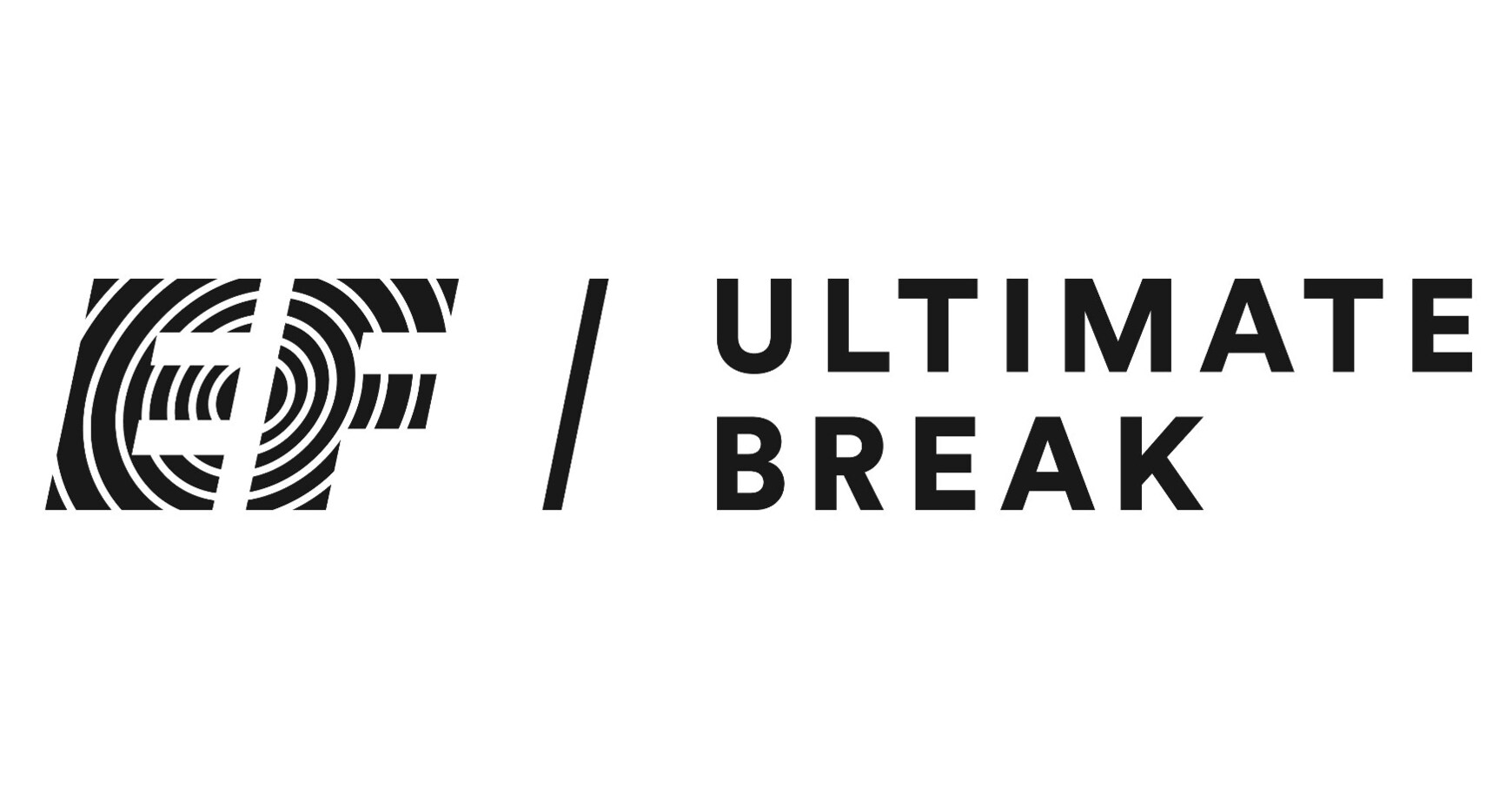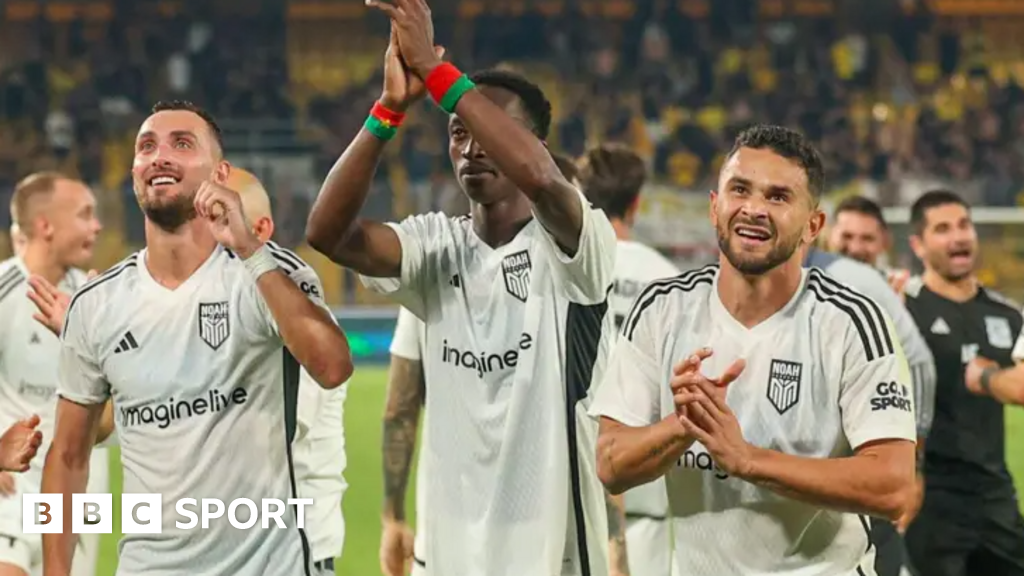Tech
Galaxy Z Fold 6, 3 Months Later: What It Does Better Than the Pixel 9 Pro Fold

The Samsung Galaxy Z Fold 6 is all about the screen. That may be obvious given that its tablet-size internal display is what sets it apart from a standard smartphone.
But phones — especially foldable ones — are built to do a lot of things, from snapping photos to playing music and streaming video. Revisiting the $1,900 Galaxy Z Fold 6 three months after it came out has only reinforced the idea that this is for someone who wants a phone that can make the most of having two screens in one.
Samsung’s prioritization of ensuring that software works across the main screen in any position is the Z Fold 6’s biggest advantage over its competitor, the $1,799 Google Pixel 9 Pro Fold. The new version of Google’s book-shaped foldable phone is better than the original in just about every way. But Samsung still excels at optimizing apps to adapt to the screen when it’s folded halfway, which makes a world of a difference when using the phone in different positions.
Overall, I feel the same way about the Galaxy Z Fold 6 as I did when I initially reviewed it in July. The phone’s software and its sharp, bright screen make it among the best foldables you can buy — if you can cope with its eye-watering high price.
Read more: Samsung Galaxy S25 Wish List: The Biggest Features I’m Waiting For
Watch this: Galaxy Z Fold 6 Review: Samsung’s Best Foldable Yet Comes at a High Cost
The Galaxy Z Fold 6’s biggest advantage over the Pixel 9 Pro Fold

The Galaxy Z Fold 6 (left) has a narrower cover screen than the Pixel 9 Pro Fold (right)
The Pixel 9 Pro Fold may have a larger internal screen compared to the Galaxy Z Fold 6 (8 inches compared to 7.6 inches), but in my opinion, the Z Fold 6 does a better job of ensuring apps conform to the screen when it’s folded halfway at a 90-degree angle. That’s important because one of the biggest advantages of a foldable phone is the ability to prop the phone up without a kickstand, thanks to its folding screen and hinge.
On the Pixel 9 Pro Fold, certain apps such as the camera and video streaming apps like YouTube can shift to the top of half of the screen when the display is propped open like a laptop. (Google calls this Tabletop mode, while Samsung calls it Flex mode.) But the vast majority of apps don’t do this. Instead, they stretch across the screen like a waterfall, which isn’t the best viewing experience.
The Galaxy Z Fold 6, by comparison, can split any app in this way. And better yet, you can use the bottom portion of the screen as a touchpad to navigate the top half of the display. I’ve found this useful for managing Spotify without having to pick up my phone, or using the Z Fold 6 as a miniature secondary display so that I can keep my group chats with friends over Discord and Google Chat open on my desk as I’m working throughout the day.
Don’t get me wrong; this isn’t reason enough to buy a foldable phone like the Galaxy Z Fold 6. Instead, it’s kind of an answer to a problem that foldables have created. But I appreciate that Samsung has at least made it so that you don’t have to worry about whether apps will function properly when using the Z Fold 6 as it’s intended to be used. It’s the biggest reason why I’d choose the Galaxy Z Fold 6 over the Pixel 9 Pro Fold personally.
Galaxy AI needs more

The Galaxy Z Fold 6 can generate images based on sketches.
Samsung introduced a bevy of new Galaxy AI features on the Z Fold 6 and Z Flip 6 when they debuted in July, including the ability to turn selfies into AI-generated works of art, create polished images from rough sketches, and take advantage of the Z Fold 6’s two screens to translate real-world conversations instantly.
The foldables also support previously released Galaxy AI features that let you erase or manipulate objects in photos, translate text messages and phone calls, launch a Google search just by circling an object, and summarize, reformat and translate notes.
Unfortunately, I don’t really find myself using these features in everyday life. Samsung’s Portrait Studio (for generating artistic versions of your selfies) was a lot of fun to play around with when I first got the Z Fold 6, but the novelty wore off fast. Many Galaxy AI features feel targeted at specific circumstances, such as photo editing and language translation, rather than meaningfully changing the everyday experience.
The version of Galaxy AI that’s available today is likely just the beginning. But in the future, I hope Samsung comes up with features that feel more like handy shortcuts for getting things done, rather than niche tools. Circle to Search, which lets you search for nearly anything on your phone’s screen by circling it, is a good example of the direction I’d like to see, not just for Samsung’s AI but all smartphone-based AI in the future.
I also appreciate that Samsung lets you turn off cloud processing for Galaxy AI features for those who want to preserve privacy. If you turn off cloud processing, the experience will be limited considering many features, such as Composer (for writing text messages and emails for you), Sketch to Image (for generating images based on rough drawings) and Circle to Search rely on the cloud. But it’s still nice to have a master switch in case you don’t care about using these features and want the extra peace of mind.
Long battery life for a foldable, and a bright display

The Galaxy Z Fold 6 performed well in CNET’s battery test.
Like last year’s Galaxy Z Fold 5, the Galaxy Z Fold 6 performed well in CNET’s video-streaming test — which is good news considering entertainment is exactly what that giant inner screen is intended for. After streaming a YouTube video for three hours at full brightness on the main 7.6-inch screen, the Galaxy Z Fold 6’s battery dropped to 82%.
That’s almost on par with the Galaxy Z Fold 5, which dropped to 86% during the same test, and it’s better than the Google Pixel 9 Pro Fold, which decreased to 76%. Nonfolding phones like the Galaxy S24 Ultra performed better (89%), but not dramatically so.
Samsung phones are known for their bright screens, and that’s no different with the Galaxy Z Fold 6. While the internal screens on the Galaxy Z Fold 6 and Pixel 9 Pro Fold both looked equally luminous at full brightness in sunlight (which is surprising, because I’ve found the displays on Pixel phones in the past to be somewhat dim), Samsung’s phone looked noticeably brighter indoors at half brightness. That, to me, is more telling because it represents the conditions under which people are likely using their phones most often.

The Galaxy Z Fold 6 has a bright 7.6-inch screen.
When it comes to foldable phones, design is more important than usual. Samsung made notable improvements in this regard on the Galaxy Z Fold 6 with its more symmetrical cover screen and lighter build. But not to be outdone, Google dramatically overhauled its foldable, resulting in a phone that’s more practical and attractive than the first-generation Pixel Fold, all while packing larger screens.
Which design you prefer depends on your preferences, although I think Google generally has the upper hand. Google’s phone has a wider cover screen, which makes it feel more like a regular phone when closed and provides more space for using apps without opening the device. Samsung’s cover screen is skinnier, which feels less natural but might be more ideal for those with small hands.
Google’s phone also lies flatter when unfolded compared to Samsung’s, making it look sleeker as a tablet when resting on a table or surface. You can still see the crease on both phones, although it’s not always noticeable when viewing the display straight on.
A good camera, but it can’t always match Google’s

The Galaxy Z Fold 6 (front) and Pixel 9 Pro Fold (back)
The Galaxy Z Fold 6’s camera system, which consists of a 50-megapixel main camera, 12-megapixel ultrawide camera and 10-megapixel telephoto camera, can take clear and vibrant photos. Compared to the Pixel 9 Pro Fold, which has a 48-megapixel main camera, 10.5-megapixel ultrawide camera and 10.8-megapixel telephoto camera, it succeeded and fell short depending on the circumstance.
The Pixel 9 Pro Fold performed better when taking colorful photos of still objects and landscapes, and zoomed-in photos looked crisper than those shot on Samsung’s phone.
Take a look at the images below taken at a 20x zoom to see what I mean. Google’s photo has a lot less noise, and you can see the separation between the bricks much more easily.
Galaxy Z Fold 6

A photo of the top of a church zoomed in at 20x taken on the Galaxy Z Fold 6.
Pixel 9 Pro Fold

This photo was taken at a 20x zoom on the Pixel 9 Pro Fold.
But the photos I captured of people, whether it was portraits taken at night and during a sunny day, or a group of friends chatting in a dim bar, looked better when taken with Samsung’s phone.
This photo of my friend Randy is one example. Although it has a bit of a golden tint to it compared to Google’s, I think the photo feels more lively.
Galaxy Z Fold 6

This photo was taken with the Galaxy Z Fold 6
Pixel 9 Pro Fold

This image was taken with the Pixel 9 Pro Fold.
Of course, mobile photography can be subjective. Some may prefer more natural-looking photos, while others may appreciate an extra tinge of color.
Galaxy Z Fold 6 overall thoughts

The Galaxy Z Fold 6 looks almost like a regular phone when closed
I didn’t intend for this three-month check-in to be a comparison between the Galaxy Z Fold 6 and Pixel 9 Pro. But it’s hard to ignore Google’s new foldable, undoubtedly the biggest challenger to Samsung’s, when revisiting the Galaxy Z Fold 6. For me, the Galaxy Z Fold 6’s ability to adapt all apps to the screen when it’s folded halfway goes a long way in boosting its appeal. But the Pixel 9 Pro’s elegant design and larger screens also give it a leg up — which of these is more important to you depends on your preferences.
The real question is whether the Galaxy Z Fold 6 is worth the extra $100 compared to Pixel 9 Pro Fold. Both devices are painfully expensive, so I’d recommend carefully considering what matters to you most in a phone and letting that guide your decision since you’ll be spending a pretty penny either way. If you think you’ll be using the phone in the so-called Flex or Tabletop mode often and want a wide variety of apps that work well in that mode, the Z Fold 6 is probably the right choice. But if you care more about having a wider cover screen, you’ll likely be happier with the Pixel 9 Pro Fold.
Regardless, booting up the Galaxy Z Fold 6 again has reminded me what I really like about Samsung’s foldable, and where it still has room to grow. When it comes to the latter, I’d still like to see a lot more from Galaxy AI. Plus, Z Fold 6’s high price is still really hard to swallow.
I don’t know if Samsung will ever lower the Galaxy Z Fold 6’s price. But I’m almost certain Galaxy AI is just in its beginning stages.
Galaxy Z Fold 6 vs. Pixel 9 Pro Fold
| Google Pixel 9 Pro Fold | Samsung Galaxy Z Fold 6 | |
| Cover display size, tech, resolution, refresh rate | 6.3-inch OLED; 2,424×1,080 pixels; 60-120 Hz variable refresh rate | 6.3-inch AMOLED; 2,376×968 pixels; 1-120Hz variable refresh rate |
| Internal display size, tech, resolution, refresh rate | 8-inch OLED; 2,152×2,076 pixels, 1-120 Hz variable refresh rate (LTPO) | 7.6-inch AMOLED; 2,160×1,856 pixels;1-120Hz variable refresh rate |
| Pixel density | Cover: 422 ppi; Internal: 373 ppi | Cover: 410 ppi; Internal: 374 ppi |
| Dimensions (inches) | Open: 6.1×5.9×0.2 in.; Closed: 6.1x3x0.4 in. | Open: 6.04×5.21 x0.22 in.; Closed: 6.04×2.68×0.48 in. |
| Dimensions (millimeters) | Open: 155.2×150.2×5.1mm; Closed: 155.2×77.1×10.5mm | Open: 153.5×132.5×5.6mm; Closed: 153.5×68.1×12.1mm |
| Weight (grams, ounces) | 257g (9.1 oz.) | 239g (8.43 oz.) |
| Mobile software | Android 14 | Android 14 |
| Cameras | 48-megapixel (wide), 10.5-megapixel (ultrawide), 10.8-megapixel (5x telephoto) | 50-megapixel (wide), 12-megapixel (ultrawide), 10-megapixel (3x telephoto) |
| Internal screen camera | 10-megapixel (inner screen); 10-megapixel (cover screen) | 4-megapixel (inner screen under-display); 10-megapixel (cover screen) |
| Video capture | 4K | 8K |
| Processor | Tensor G4 | Snapdragon 8 Gen 3 |
| RAM/storage | 16GB + 256GB, 512GB | 12GB + 256GB, 512GB, 1TB |
| Expandable storage | None | None |
| Battery | 4,650 mAh | 4,400 mAh |
| Fingerprint sensor | Side | Side |
| Connector | USB-C | USB-C |
| Headphone jack | None | None |
| Special features | IPX8 rating, 7 years of OS, security and Pixel Drop updates, Satellite SOS, Wi-Fi 7, ultra wideband chip, Gorilla Glass Victus 2 cover and back glass, cover screen peek brightness 2,700 nits, internal screen peek brightness 2,700 nits, 45W wired fast charging (charger not included), Qi-certified, free Google VPN, Super Res Zoom, Add Me, Face Unblur, Made You Look, Magic Editor, Magic Eraser, Best Take, Video Boost | IP48 rating, 25W wired charging, wireless charging + PowerShare, 3x optical zoom (up to 10x digital and 30x Space Zoom with AI Super Resolution tech) |
| US price starts at | $1,799 (256GB) | $1,900 (256GB) |
| UK price starts at | Converts to £1,410 (256GB) | £1,799 (256GB) |
| Australia price starts at | Converts to AU$2,770 (256GB) | AU$2,749 (256GB) |








:max_bytes(150000):strip_icc()/tal-this-destination-is-trending-tout-1ef2c3d1856e4f258a078ef05dee8419.jpg)

